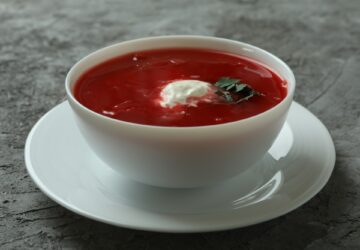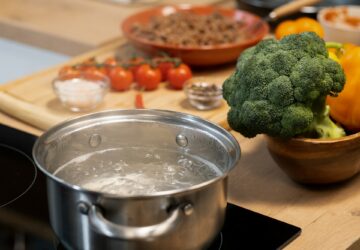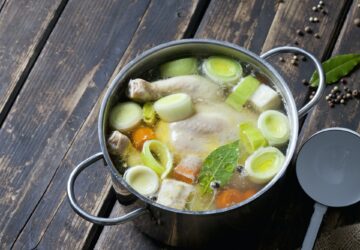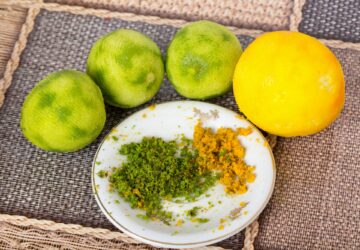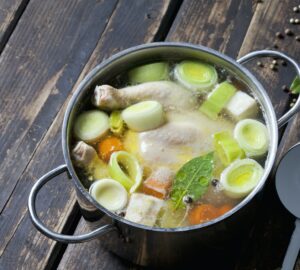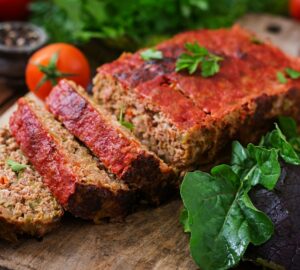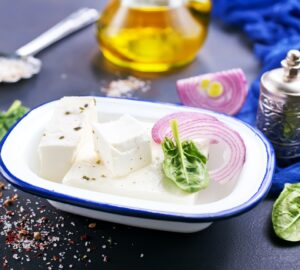Saffron, often referred to as the “king of spices” or “red gold,” is the world’s most expensive spice by weight, and for a good reason. Its unique flavor, vibrant color, and numerous health benefits make it an exceptional ingredient that is highly prized in various cuisines. In this article, we’ll explore the origins of saffron, its numerous health benefits, and how to use it in your culinary creations.
Origins and Harvesting
Saffron comes from the stigmas of the Crocus sativus flower, a perennial plant native to Southwest Asia. The labor-intensive harvesting process contributes to its high price, as each flower produces only three delicate red stigmas, which must be handpicked during a short annual flowering period. It takes approximately 75,000 flowers to produce just one pound of saffron, making it a rare and precious commodity.
Culinary Uses of Saffron
Saffron’s distinct flavor profile – a combination of earthy, floral, and slightly bitter notes – and its vibrant golden hue make it a sought-after ingredient in various dishes. Here are some tips for using saffron in your cooking:
Saffron Rice: Saffron is often used to flavor and color rice dishes, such as Persian saffron rice, Spanish paella, or Indian biryani. To prepare saffron rice, steep a few saffron threads in warm water or broth for a few minutes to release their flavor and color, then add the liquid to the rice as it cooks.
Saffron-infused Broths and Sauces: Add saffron to broths or sauces to enhance their flavor and color. Saffron pairs well with ingredients like tomatoes, seafood, and poultry.
Desserts: Saffron can be used in various sweet dishes, such as rice pudding, custards, or cakes. The subtle flavor and color of saffron add a touch of elegance to your desserts.
Saffron Tea: Prepare a soothing saffron tea by steeping a few saffron threads in hot water for a few minutes. Add honey or lemon for added flavor and enjoy the calming, mood-enhancing benefits of saffron.
Saffron Butter: Melt butter and infuse it with saffron to create a rich, flavorful topping for seafood, vegetables, or pasta dishes.
When using saffron in your recipes, remember that a little goes a long way. Due to its intense flavor, it’s best to start with just a few threads and adjust according to taste. Also, keep in mind that saffron can be quite delicate, so avoid exposing it to direct heat for prolonged periods, as this can cause the flavor to degrade.
Storing and Purchasing Saffron
When purchasing saffron, look for high-quality, pure saffron threads that are deep red with a slightly yellowish tip. This indicates that the saffron is fresh and has not been adulterated with any artificial coloring or fillers. It’s best to buy saffron from reputable sources to ensure its authenticity and quality.
To preserve saffron’s freshness and potency, store it in an airtight container in a cool, dark place, away from direct sunlight and heat. Properly stored saffron can maintain its flavor and potency for up to three years.
Saffron in World Cuisines
Saffron’s unique characteristics have made it a beloved ingredient in various global cuisines:
Persian Cuisine: Saffron is an integral part of Persian cooking, used in rice dishes like Tahdig and fragrant stews like Fesenjan.
Spanish Cuisine: Saffron is a key ingredient in the iconic Spanish dish, paella, where it imparts its distinct flavor and color to the rice.
Indian Cuisine: Saffron features prominently in many Indian dishes, such as biryani, a flavorful rice dish with meat, vegetables, and aromatic spices.
Italian Cuisine: Saffron is used in Italian risotto, most notably Risotto alla Milanese, which highlights saffron’s vibrant color and delicate flavor.
French Cuisine: Saffron is used in the traditional French fish stew, Bouillabaisse, to enhance the dish’s flavor and appearance.
Incorporating saffron into your cooking can elevate your dishes with its unique flavor, rich color, and myriad health benefits. Experiment with this exquisite golden spice in your favorite recipes, and explore the culinary traditions of various cultures to appreciate the versatility and allure of saffron in world cuisine.
